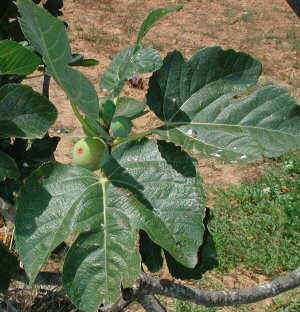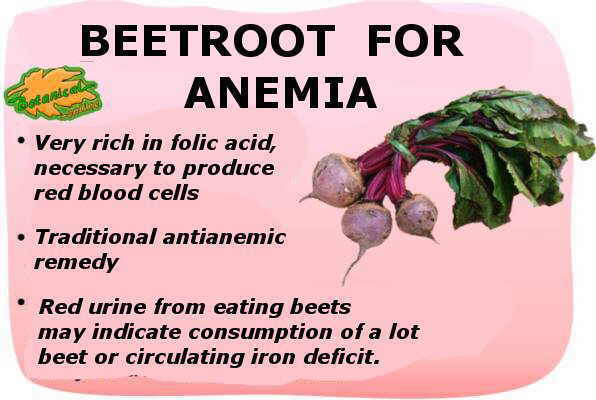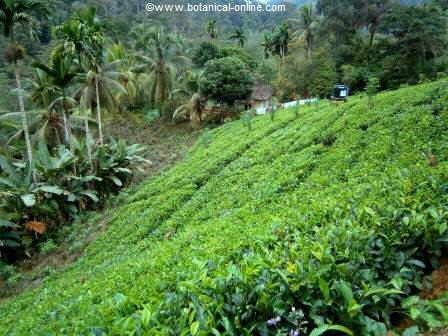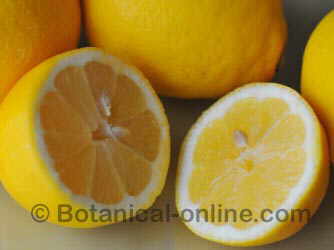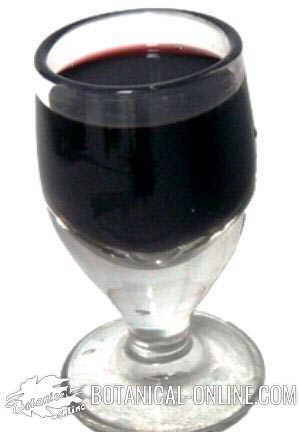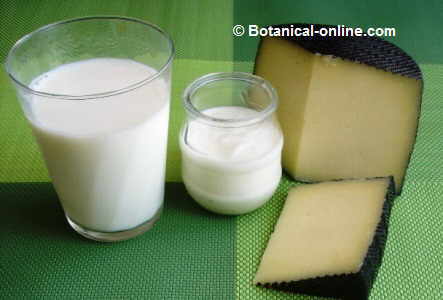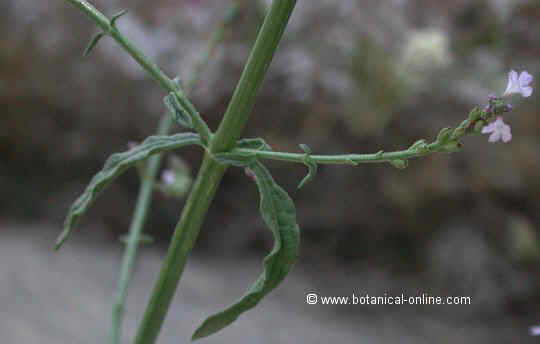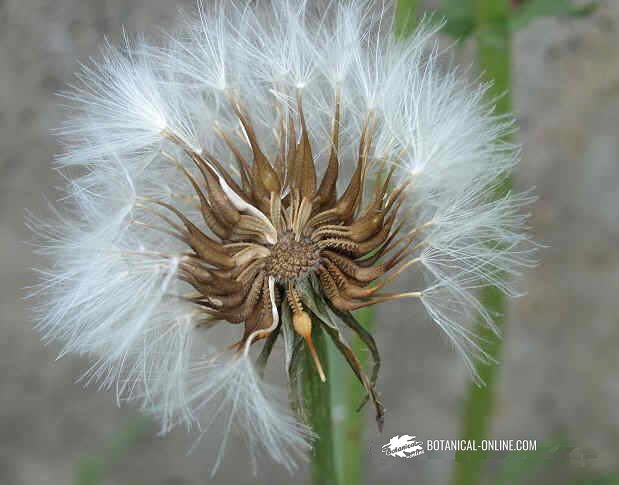Contents
Ficus carica characteristics
Characteristics of fig tree
Scientific noun: Ficus carica L.
Common noun: Fig tree, fig, common fig
Family: Fig family – Moraceae –
Habitat: Genuine from SW of Asia, it can be found naturalized in S. Europe, being present in rocky warm places of the Mediterranean zone. Highly cultivated because of its fruits and as an ornamental tree throughout Europe.
What is a fig tree like?
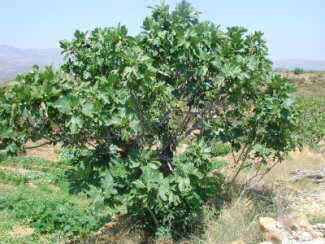
A fig or fig tree is a deciduous tree of the fig family – Moraceae– up to 4 m., much more wide than tall.
It has a smooth stems with grey bark.
Leaves are alternate, palmatifid with 3 to 5 round lobes, very rough to the touch above, pubescent below.
Flowers appear inside a pear-shaped receptacle which later becomes a fruit
The fruit ( fig) is green when unripe and matures into yellowish green or dark purple.
Components of fig tree

A detail of the leaves and fruits Amino acids: Alanine, aspartine, arginine, cystin, glycine, lysine, lipase, etc.
- Enzymes: Esterase, ficin, etc.
- Sugars: Glucose, galactose
- Fiber: pectin
- Vitamins: beta-carotene (Vitamin A) ascorbic- acid (Vitamin C) niacin,)
- Fats: Linoleic-acid, malic- acid, oleic-acid
- Minerals (potassium, phosphorus, magnesium, manganese, copper, calcium… etc.)
Active parts: Latex from leaves, stems and fruits, specially when they are raw.
Uses of fig tree
- Edible fruits: Fig tree fruits (figs) are edible.
- Medicinal uses : In internal use, they have been used to fight constipation, bronchitis In external use, latex is applied on warts to get rid of them.
Picking -up and storing figs
Figs must be collected when very well ripe at the beginning of summer or autumn. They should be laid on a wattle screen to make them dry. For storing put them into dry containers such as wooden or cardboard boxes.
Toxicity of fig tree
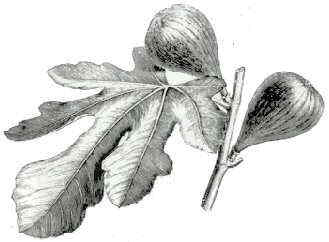
Toxicity of fig tree is medium. Contact with its latex has an irritable action on the skin by the action of fucomarines. Also, it can produce photo-sensibility, in the way of blisters.
Are figs toxic? Mature fig fruits are not poisonous. On the contrary, they are very healthy and nutritive fruits. However, eating unripen fruits must been avoided, since they can be toxic for the digestive tract and can produce wounds in the hands.
Symptoms of poisoning with fig tree
- Externally, by the presence of blisters, darker spots on the skin, itching, etc.
- Internally, by some digestive disorders, such as stomach irritation, diarrhea, vomiting… etc.
![]() More information about fig tree and figs.
More information about fig tree and figs.

